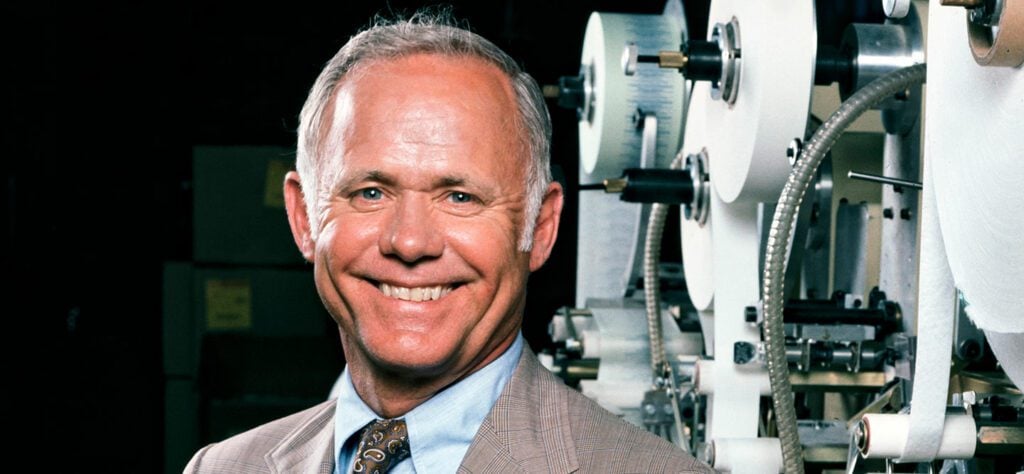Tylenol was first introduced in 1955 by McNeil Laboratories. It was first sold as an Elixir for Children, but today, millions of people use it. But did you know about the Tylenol crisis that changed the way we consume medication today?
The Tylenol murders occurred in 1982. During this time, Johnson & Johnson recalled 31 million bottles of Tylenol. It cost them about 17% of their profits, but the move was a PR success story and is often used as a case study for crisis management.
What Happened in 1982?
A string of mysterious deaths in Chicago started on September 29, 1982. After further investigation, they were able to identify that the victims’ untimely demise was due to cyanide poisoning. Someone had laced the Tylenol with cyanide, and the unsuspecting victims had taken the poisoned tablets. During that time, medicine was just packed in an ordinary container without any safety seal. This unfortunate incident led to the improvement of the packaging. Find out more about this story here. (Source: PBS)
How Was the Crisis Handled?
The response of Johnson & Johnson was truly unexpected. Being that the crisis in question was not due to their neglect but to something much more sinister. The culprit for the Tylenol murders has not yet been caught, but the proactive stance the company took spoke volumes.
When the coroners confirmed the speculations of the killings, panic ensued about how many more Tylenol packs may have been contaminated. This also made the public question the overall safety of over-the-counter medication, in general.
I don’t think they can ever sell another product under that name. There may be an advertising person who thinks he can solve this, and if they find him, I want to hire him because then I want him to turn our water cooler into a wine cooler.
Jerry Della Femina
(Source: Right Attitudes)
Johnson & Johnson’s Exemplary Response
The company acted quickly. Even if it was not directly their fault, they accepted the responsibility and acted appropriately. Johnson & Johnson cared more about public safety than the profit they would be losing. That being said, they sought to remove any source of danger. Upon learning of the deaths, they set up toll-free numbers for people to contact, stopped the ads for Tylenol, and recalled all 31 million bottles.
James Burke, the chairman of Johnson & Johnson, was in total control. They spent over $100 million for the recall and the relaunch of the brand. The cost was not the issue for him; placing the consumers’ safety was the top priority.
The company took the necessary measures to prevent the reoccurrence of the issue. Johnson & Johnson introduced the tamper-proof container, complete with a safety seal. They even went as far as modifying the way Tyelonol was made. Instead of capsules, they only offered caplets that could not be tampered with.
J&J credo has always stated that the company is responsible first to its customers, then to its employees, the community and the stockholders, in that order. The credo is all about the consumer. When those seven deaths occurred, the credo made it very clear at that point exactly what we were all about. It gave me the ammunition I needed to persuade shareholders and others to spend the $100 million on the recall. The credo helped sell it.
James Burke
(Source: Right Attitudes)
